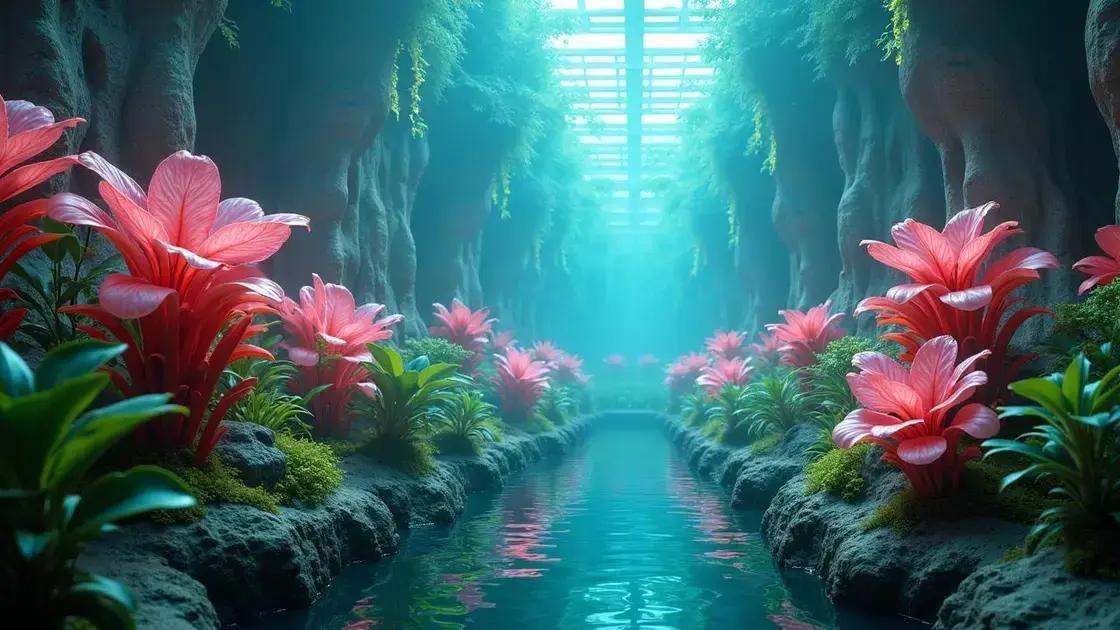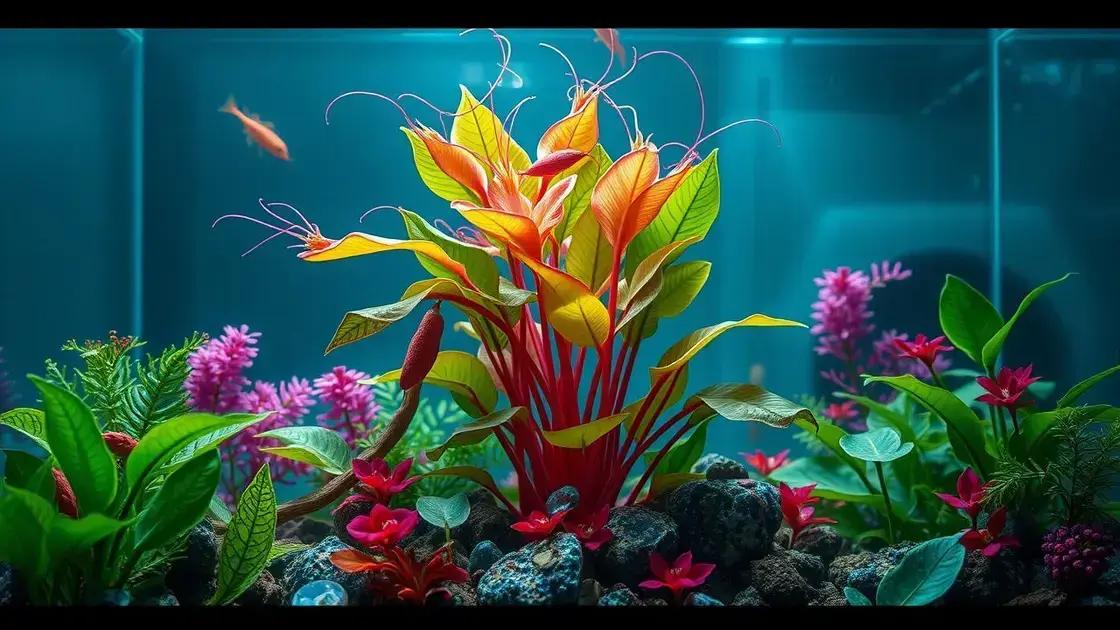How to Care for a Shrimp Plant: 5 Essential Tips for Lush Growth
How to care for a shrimp plant is a question many plant enthusiasts ponder as they strive for vibrant greenery. While these unique plants can brighten any space, understanding their specific needs is crucial for maintaining their health. In this guide, we’ll unravel the secrets behind proper shrimp plant care to ensure they flourish.
Table of Contents
ToggleEssential watering techniques for shrimp plants
Essential watering techniques for shrimp plants are critical to their overall health and vitality. Shrimp plants thrive in well-draining soil and require attentive care to ensure they receive the right amount of moisture.
- Frequency of watering: It is essential to water shrimp plants every 1-2 weeks, depending on the humidity levels in your home.
- Watering signs: Always check the top inch of soil; if it’s dry, it’s time to water.
- Method of watering: Water the base of the plant thoroughly during each session and avoid wetting the leaves to prevent fungal growth.
Additionally, consider the environmental factors that affect your watering schedule:
- Humidity levels: Shrimp plants prefer higher humidity, so consider misting them or using a humidifier.
- Seasonal adjustments: In summer, you may need to increase watering frequency, while in winter, reduce it as the plant goes dormant.
For more tips on exploring indoor gardening techniques, always aim for a consistent watering routine. Monitor your shrimp plant for signs of stress like wilting or yellowing leaves, which can indicate overwatering or underwatering.
Finally, establish a good watering discipline and adjust as necessary based on your observations. Understanding the moisture needs of your shrimp plant will lead you to a thriving, robust specimen!
Understanding light requirements for healthy shrimp plants

Understanding light requirements for healthy shrimp plants is crucial in ensuring their vibrant growth. These plants thrive best with the right amount of light, which can significantly impact their overall health.
Optimal light conditions for shrimp plants
Shrimp plants prefer bright, indirect sunlight. Here are some key factors to consider:
- Direct sunlight: Avoid exposing them to harsh, direct sunlight, which can scorch the leaves.
- Indirect light: Place the shrimp plant near a window where it can receive filtered sunlight.
- Artificial lighting: If natural light is limited, consider using grow lights to maintain brightness levels.
Signs of inadequate light
Monitoring your shrimp plants for signs of insufficient light can help you take action:
- Leggy growth: If your plant appears tall and spindly, it may not be getting enough light.
- Yellowing leaves: This can indicate stress from insufficient light exposure.
For more insights into exploring indoor gardening techniques, understanding the light needs of your shrimp plant assures that it’s placed in the right location.
Light adjustment throughout the year
As seasons change, so do light conditions. Be prepared to adjust the placement of your shrimp plant:
- Spring and summer: These seasons generally provide more available sunlight, so increased exposure may be beneficial.
- Fall and winter: Reduce exposure slightly, as the light intensity diminishes.
By keeping a watchful eye on light conditions and adjusting as needed, your shrimp plant will remain healthy and vibrant!
Fertilization tips to boost shrimp plant growth
Fertilization tips to boost shrimp plant growth can make a noticeable difference in the vitality of your plants. Proper fertilization ensures that shrimp plants receive the nutrients they need for lush foliage and vibrant blooms.
Understanding nutrient needs
Shrimp plants benefit from a balanced fertilizer. Here’s what to consider:
- N-P-K Ratio: Look for a fertilizer with a balanced N-P-K ratio, such as 10-10-10, to provide essential nutrients.
- Micronutrients: Ensure the fertilizer contains micronutrients like iron, zinc, and magnesium for optimal health.
When to fertilize shrimp plants
Timing is crucial for effective fertilization:
- Growing season: Fertilize monthly during the spring and summer when the plant is actively growing.
- Dormancy period: Cut back on feeding during fall and winter when growth slows.
For additional tips on exploring indoor gardening techniques, consider using organic fertilizers for a more sustainable approach.
How to apply fertilizer
Proper application techniques enhance nutrient absorption:
- Watering in: Always water the plant a day before fertilizing to minimize root burn.
- Even distribution: Apply fertilizer evenly around the base of the plant to promote balanced growth.
- Follow package instructions: Adhere to the recommended dosage for maximum effectiveness.
By understanding and implementing these fertilization tips, your shrimp plants will flourish beautifully!
In conclusion
Caring for shrimp plants requires attention to detail, especially in areas like watering, lighting, and fertilization. By implementing the essential tips discussed in this guide, you can ensure that your shrimp plants thrive and showcase their vibrant beauty. Whether it’s mastering the art of proper watering techniques, understanding their light requirements, or knowing when and how to fertilize, each aspect contributes to the overall health of your plants. For further insights, check out these tips on enhancing your indoor garden and take your gardening skills to the next level!

